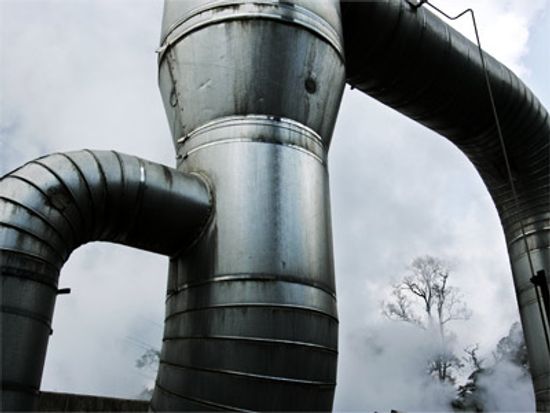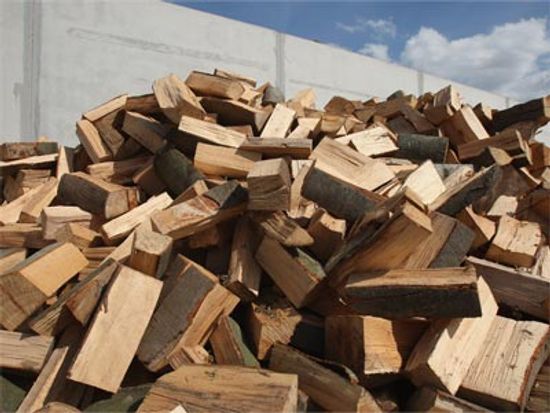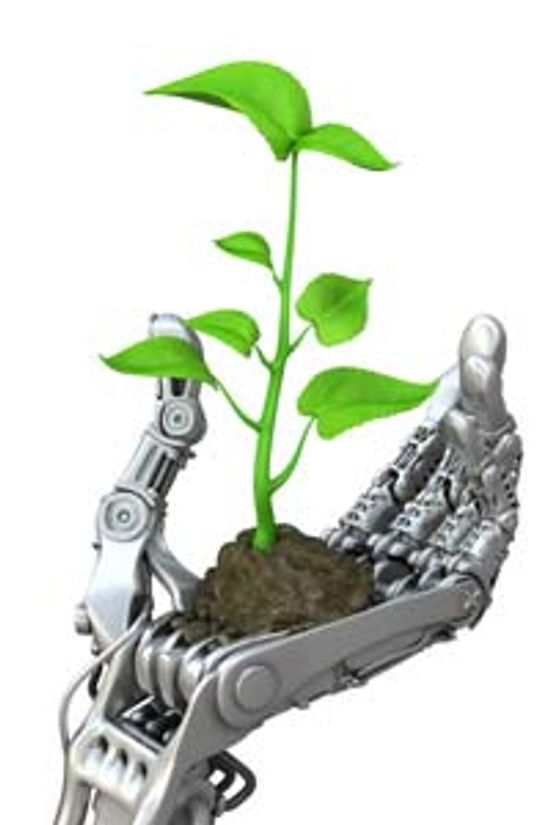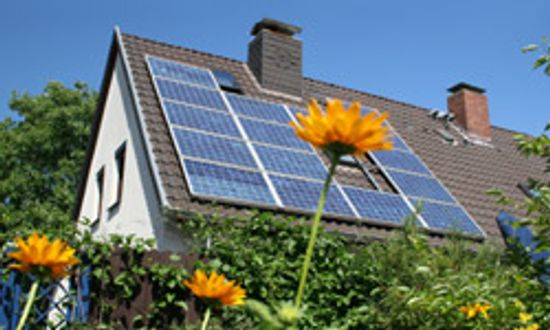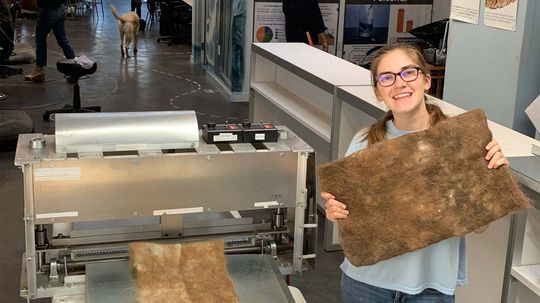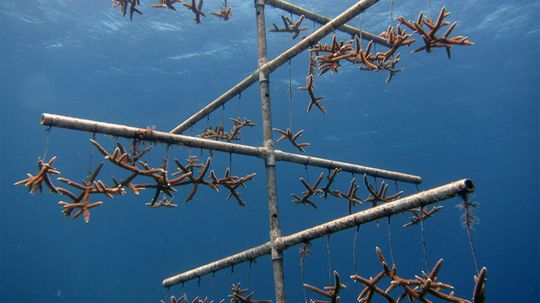Remediation Technologies
Remediation technologies work to decrease pollutants in the air, soil and water. Learn how we may be able to undo some of the damage that we've done to the environment.
Learn More
Many of us take clean water for granted, but hundreds of millions of people have no access to it. Luckily, technologies like LifeStraw can help make water safer for individuals and families who desperately need it.
Hair trimmings from salons and personal donations can be repurposed as mats that soak up oil spills and help protect the environment.
The controversial technology of reflecting sunlight away from the planet could help blunt the worst impacts of climate change. Harvard University climate scientist David Keith weighs in.
By Betsy Mason
Advertisement
Coral grows faster when it's cut or broken and scientists are taking advantage of that to replenish depleted reefs.
